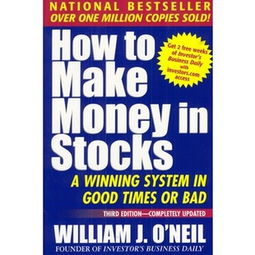Understanding the Value of Your Art

Before you can make money off your art, it’s crucial to understand its value. This isn’t just about the price you might put on it, but also the emotional and cultural significance it holds. Consider these factors:
| Factor | Description |
|---|---|
| Emotional Significance | How your art makes people feel, whether it’s joy, sadness, or contemplation. |
| Cultural Significance | How your art reflects or contributes to the cultural context in which it exists. |
| Technique and Craftsmanship | The skill and effort put into creating your art. |
| Uniqueness | How your art stands out from others in terms of style, subject matter, or execution. |
Identifying Your Target Audience

Once you understand the value of your art, the next step is to identify who might be interested in purchasing it. This can be broken down into several categories:
- Art Collectors: Individuals or institutions that collect art for investment or appreciation.
- Decorators: Those looking to add a unique touch to their homes or businesses.
- Artists: Other artists who may be interested in your work for inspiration or collaboration.
- Corporate Clients: Companies looking for art to enhance their office spaces or as gifts.
Creating an Online Presence

In today’s digital age, having an online presence is essential. Here’s how to build and leverage it:
- Build a Portfolio Website: Showcase your best work with high-quality images and descriptions.
- Utilize Social Media: Platforms like Instagram, Facebook, and Pinterest can help you reach a wider audience.
- Join Online Art Communities: Websites like Behance and DeviantArt can help you connect with other artists and potential buyers.
Marketing Your Art
Marketing is key to attracting buyers. Here are some strategies:
- Targeted Advertising: Use platforms like Google Ads or Facebook Ads to reach specific demographics.
- Collaborations: Partner with other artists or brands to reach new audiences.
- Content Marketing: Share your creative process, stories behind your art, and tutorials to engage potential buyers.
Selling Your Art
There are several ways to sell your art:
- Online Marketplaces: Platforms like Etsy, Saatchi Art, and Artfinder allow you to sell directly to customers.
- Art Galleries and Studios: Reach out to local galleries and studios to exhibit and sell your work.
- Art Fairs and Events: Participate in art fairs and events to meet potential buyers and collectors.
Setting Prices
Setting the right price for your art is a delicate balance. Consider these factors:
- Production Costs: Include the cost of materials, time, and any other expenses.
- Market Value: Research similar artworks to determine a competitive price.
- Desirability: If your art is highly sought after, you may be able to charge more.
Building Relationships
Building relationships with buyers, collectors, and fellow artists can lead to long-term success. Here’s how:
- Networking: Attend art events, join online forums, and connect with others in the art community.
- Follow-Up: Keep in touch with potential buyers and collectors, offering updates on new work or upcoming events.
- Collaborate: Work with other artists or brands to create unique projects that can attract new audiences.



